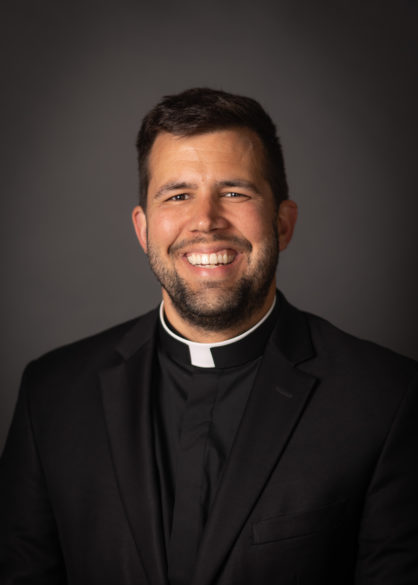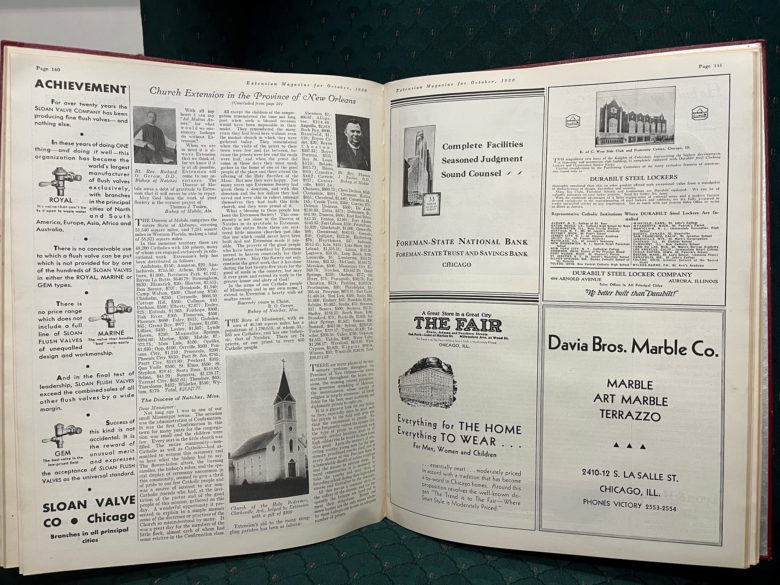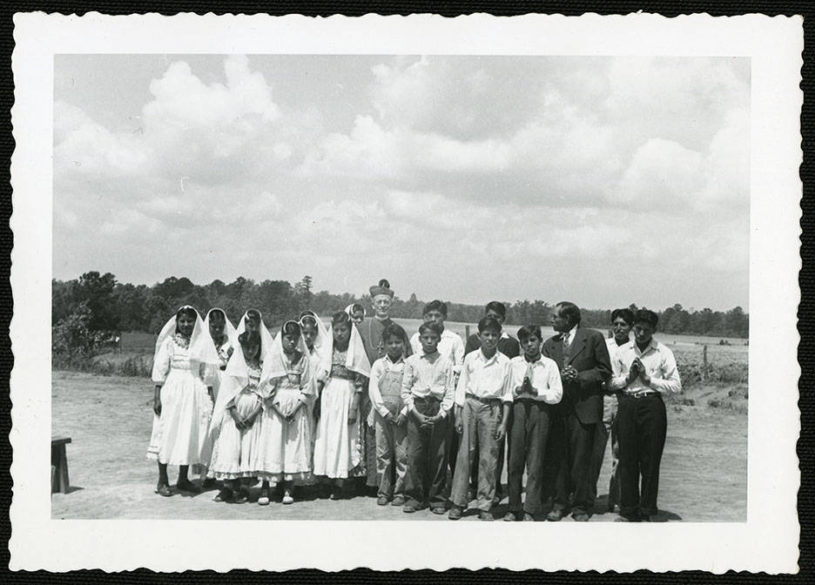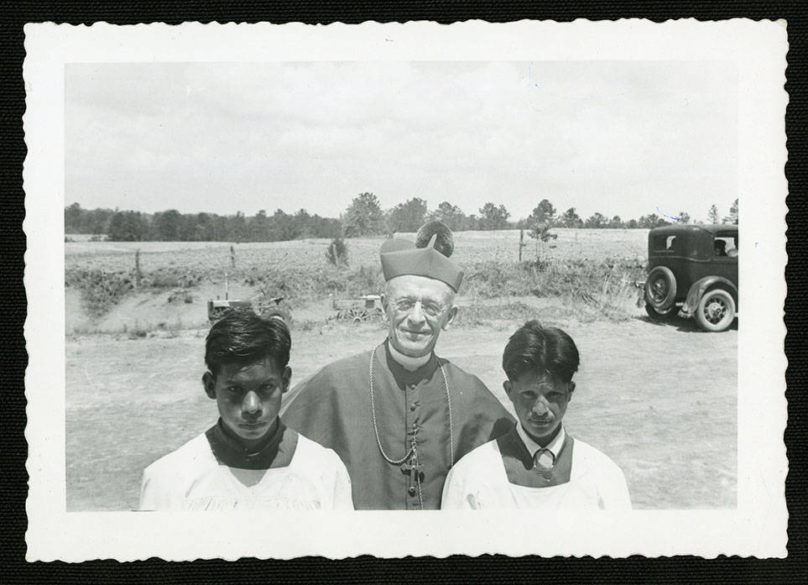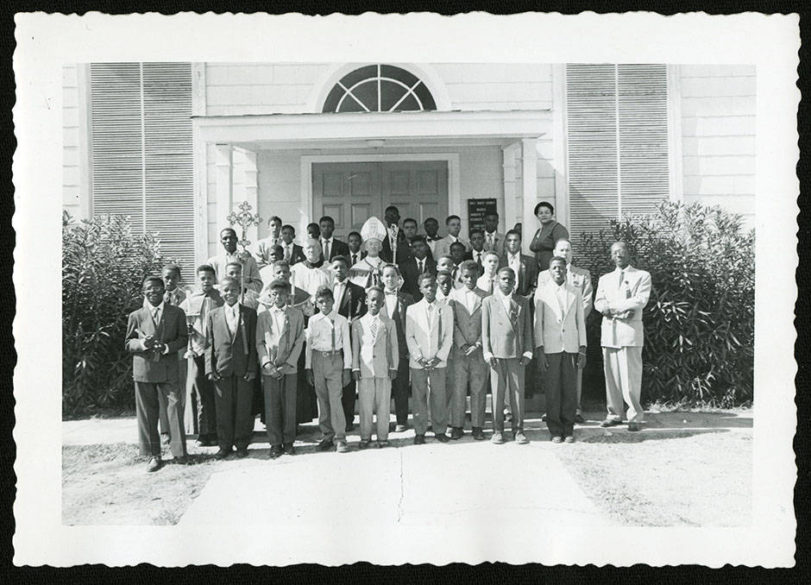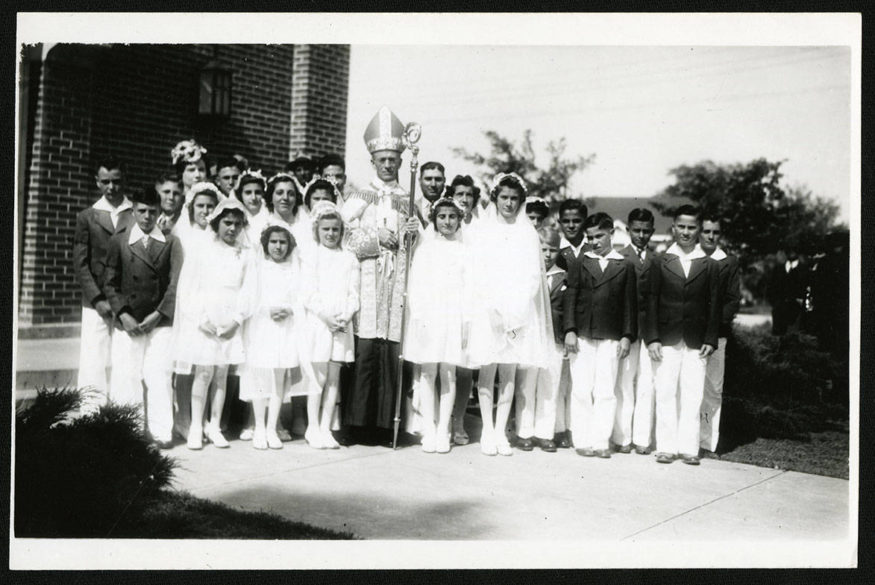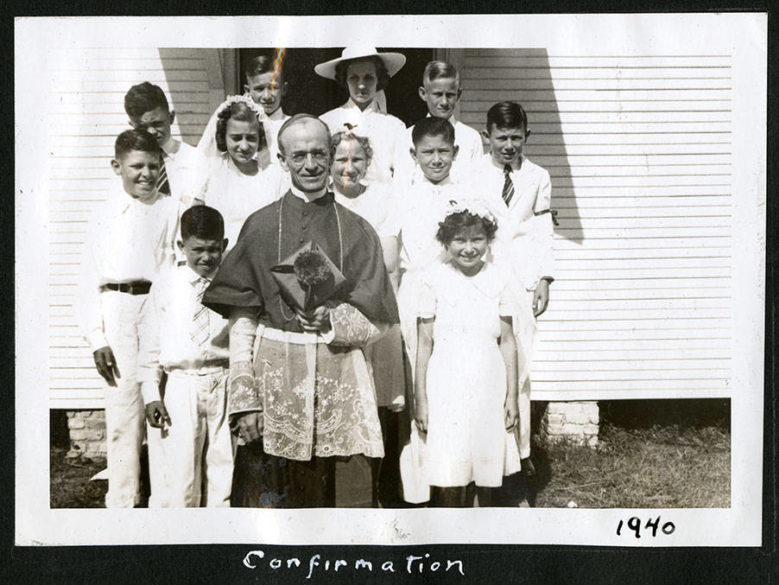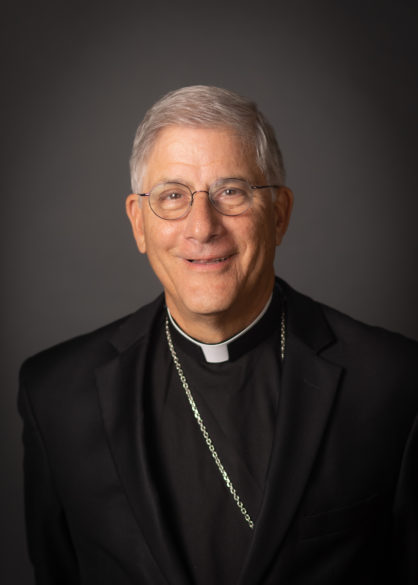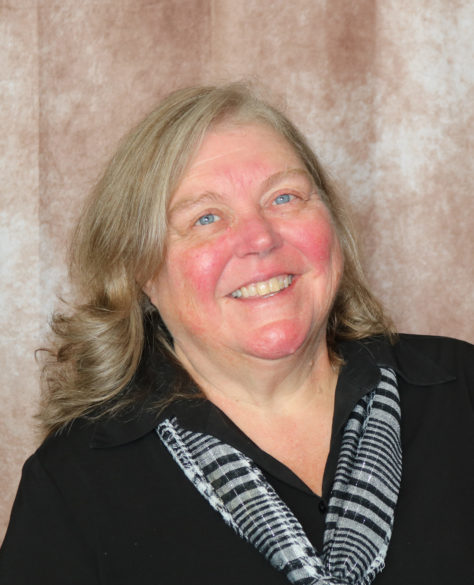IN EXILE
By Father Ron Rolheiser, OMI
To fall in love! We use the expression to cover many things. You can fall in love with a baby, a sports team, a city, a job or another person. However, we reserve the prime analogate for this expression for one thing, emotional infatuation, that intoxicating feeling we first get when we meet someone who we sense as a soulmate.
Iris Murdoch once wrote that the world can change in fifteen seconds because that’s how quickly you can fall in love with someone. She’s right, and falling in love emotionally can literally paralyze us with a grip so strong that even death seems preferable to losing the one with whom we have fallen in love. Countless heartaches, broken hearts, depressions, clinical breakdowns, suicides, murders and murder-suicides testify to this. Emotional infatuation can be a deadly addiction, the most powerful cocaine on the planet. Where does it come from? Heaven or hell? And, what’s its meaning?
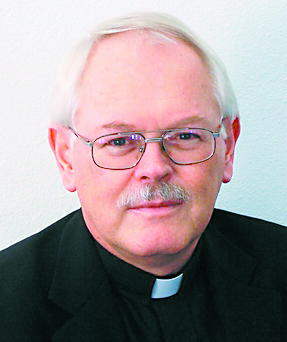
Ultimately, God and nature are its author and that tells us that it is a good thing. We are built for this to happen to us. Moreover, it is a healthy thing, if properly understood, both in its intoxicating power and in its innate failure to be a sustaining power in love.
What happens when we fall in love so powerfully with someone? Are we really in love with that person or are we more in love with being in love and the feelings this brings us? As well, are we really in love with that person or are we in love with an image of him or her we have created for ourselves, one that projects a certain godliness on to that other?
Let me risk some answers. Imagine a man falling deeply in love with a woman. Initially, the feelings can be overpowering and literally paralyze him emotionally. However, inside of all this, a certain question begs to be asked: with whom or with what is he really in love? His feelings? The archetype of femininity the woman is carrying? His image of her? She herself?
In reality, he is in love with all of these: his feelings, his image of her, she herself and the divine feminine she is carrying. All of that is of one piece inside of his experience. As well, all of this can be healthy at this stage of love.
God invented emotional infatuation, just as God invented honeymoons. We are not meant to be drawn to each other by cold analytics alone. But, this kind of falling in love is an initiatory stage in love (albeit a delightful one) that needs to be understood exactly for what it is, an initiatory stage, nothing more, one that invites us into something deeper. Emotional infatuation is not yet a mature stage in love.
Unless one dies in its grip, as did Romeo and Juliet, it will one day lose its hold on us and leave us disillusioned. When Iris Murdoch said that we can fall in love in fifteen seconds, she might also have added that, sadly, we can also fall out of love in fifteen seconds. Emotional infatuation can be that ephemeral, both in its birth and in its dying.
So falling in love (in this emotional way) comes fraught with certain dangers. First, there is the adolescent proclivity to identify this with deep love itself. Consequently, when the powerful emotional and psychosexual feelings let go, the person easily concludes that he or she is no longer in love and moves on. Next, more subtly, there is this danger. When we are in this initial gripping stage of love, our image of the other carries with it a certain godliness. What’s meant by that?
St. Augustine coined this timeless dictum: You have made us for yourself, Lord, and our hearts are restless until they rest in you. Hence, nothing in life can ever really be enough for us. We are always restless, always yearning for something more. However, in this initial phase of love, when we have fallen into the grip of emotional infatuation, for a time the other is enough for us. That’s why Romeo and Juliet could die happy. At this stage of love, they were enough for each other.
However, the hard truth is that infatuation does not last. The other person, no matter how wonderful he or she might actually be, is not God and can never be enough (and we are unfair to him or her when we unconsciously expect them to be enough). For a while, they are able to carry that godliness for us, but that illusion of godliness will eventually break and we will realize that this is just a person, one person, wonderful perhaps, but finite, limited and not divine. That realization (which is ultimately meant to be the ground for mature love) can, if not understood, jeopardize or sour a relationship.
God invented falling in love! In it, we get a little foretaste of heaven, though, as experience tells us that is not without its dangers.
(Oblate Father Ron Rolheiser is a theologian, teacher and award-winning author. He can be contacted through his website www.ronrolheiser.com.)

